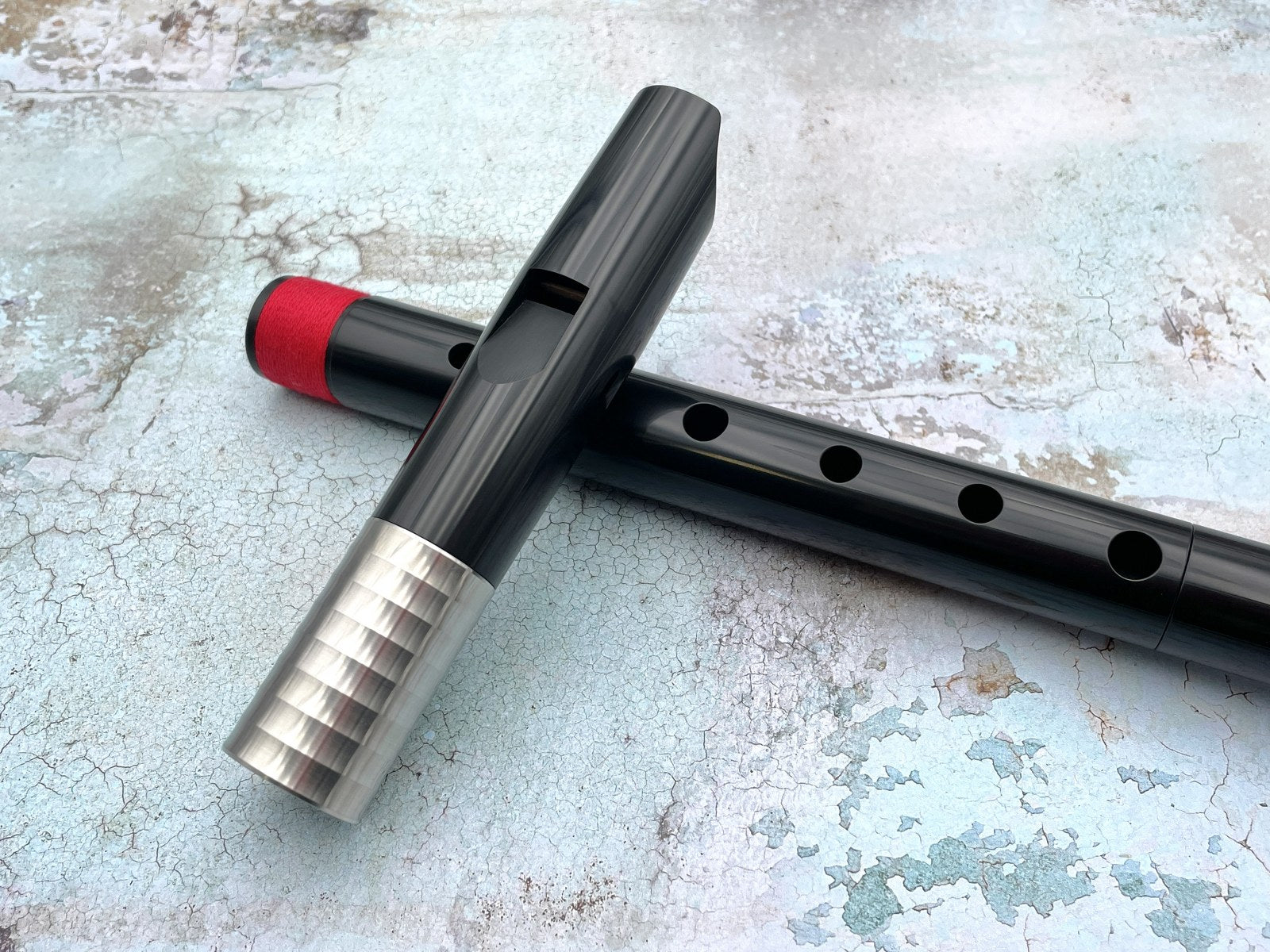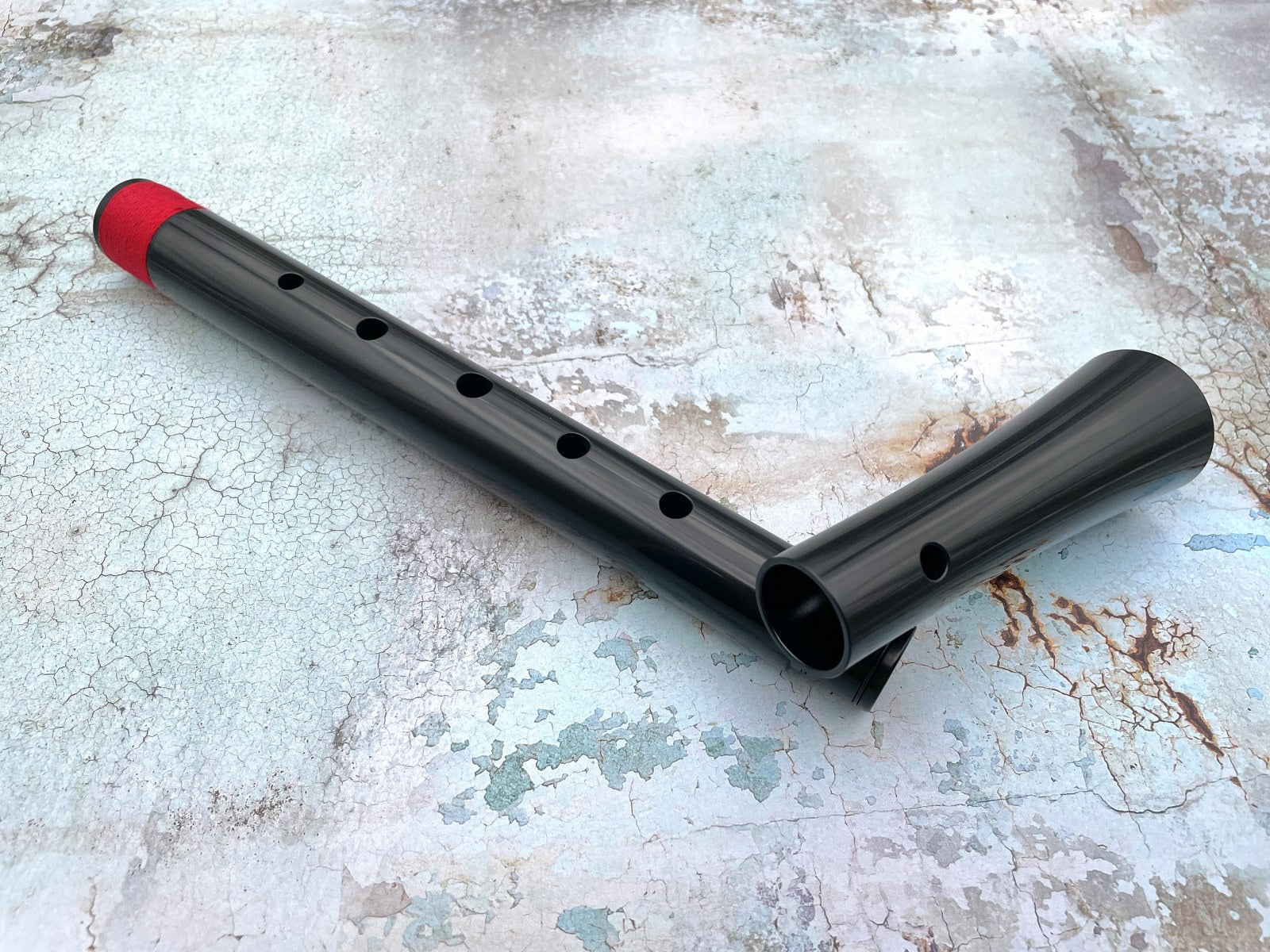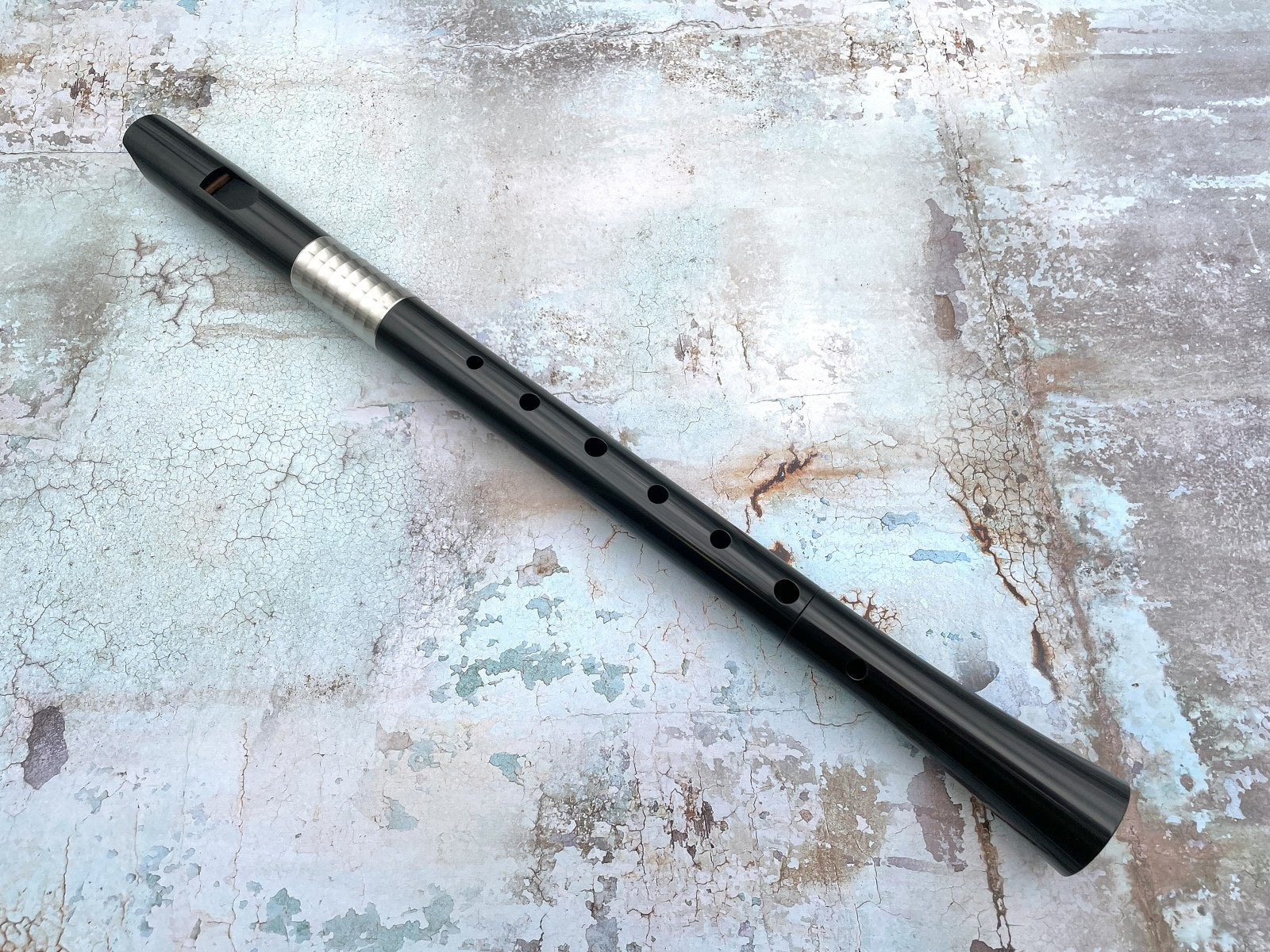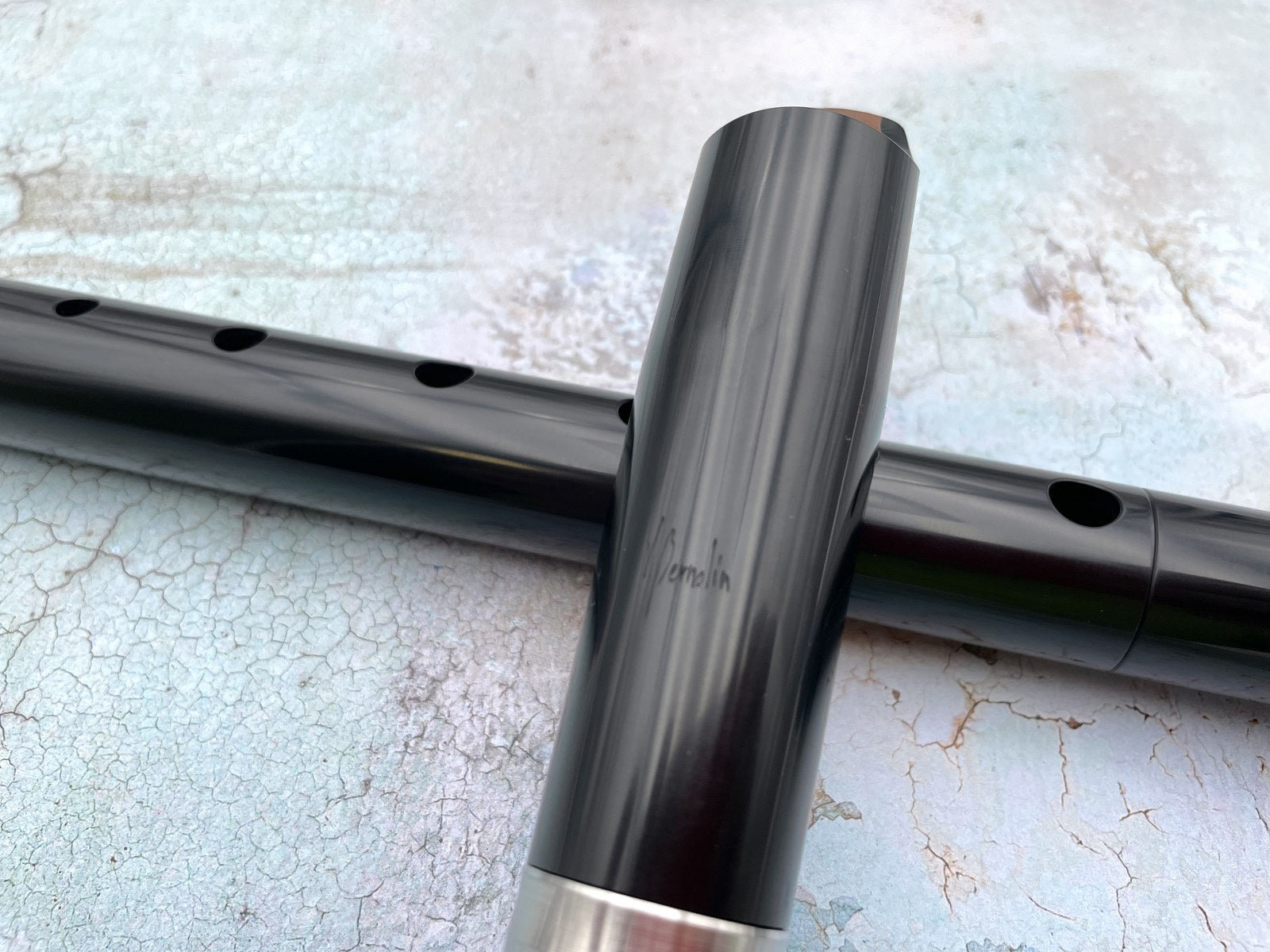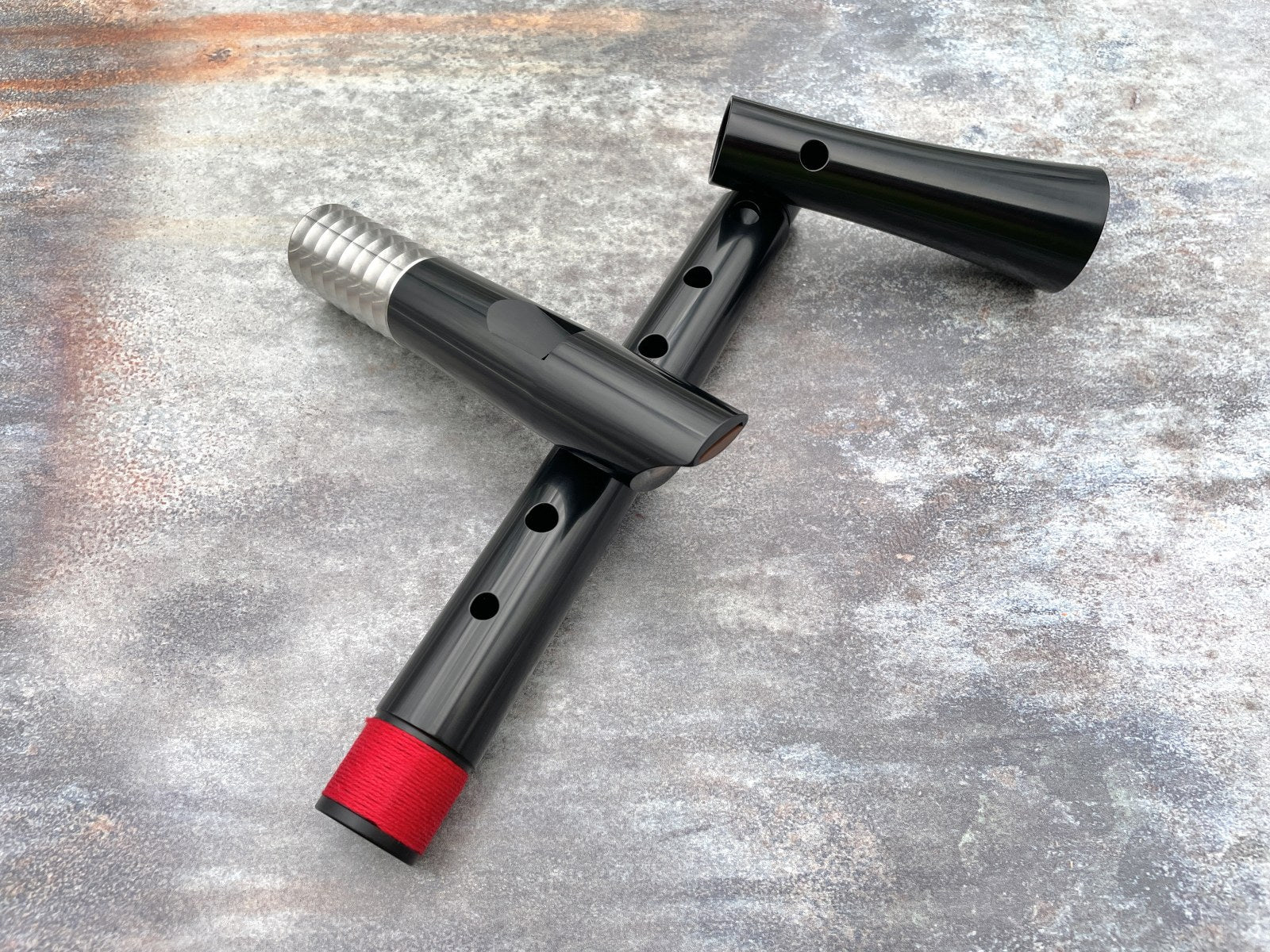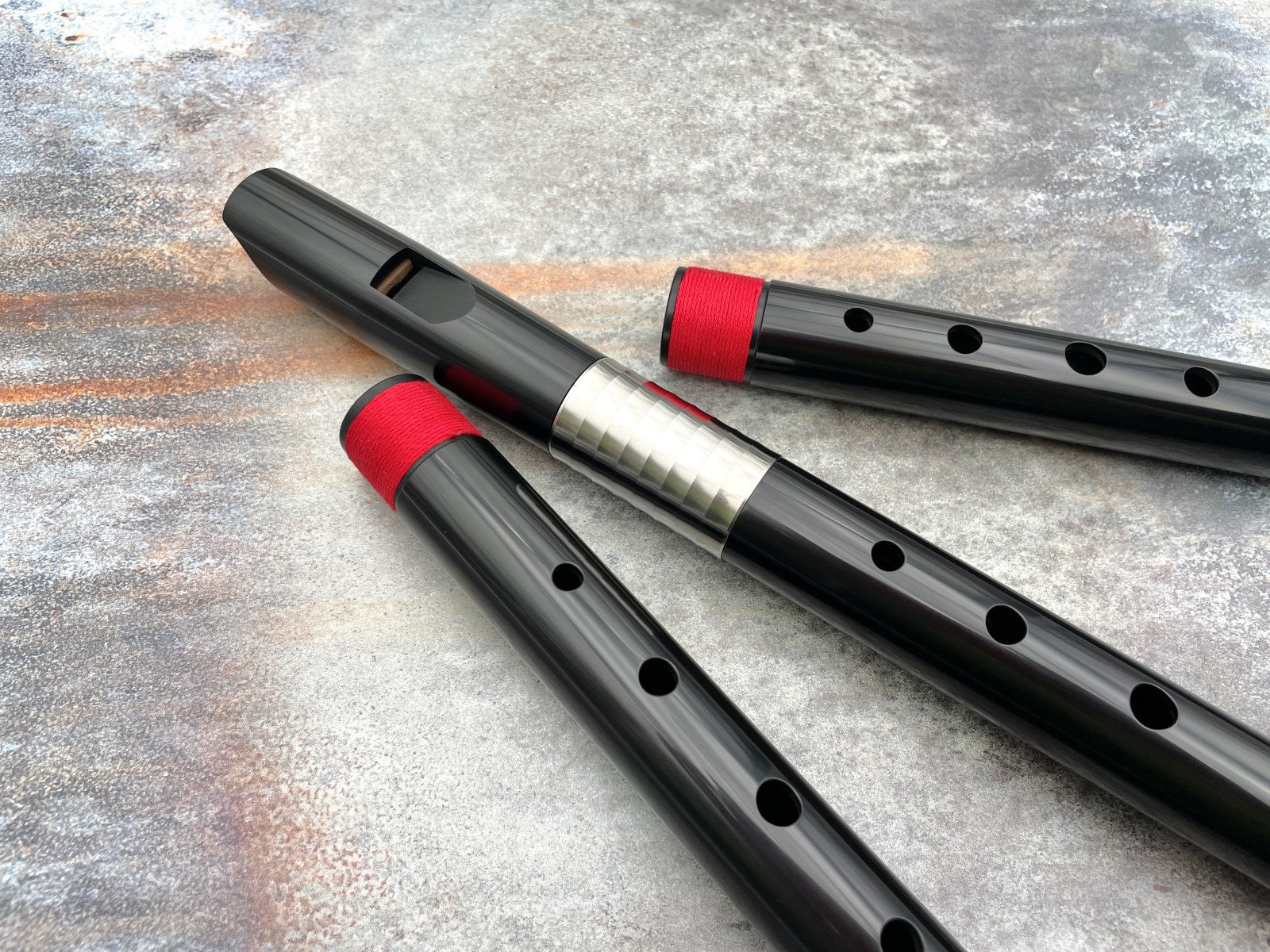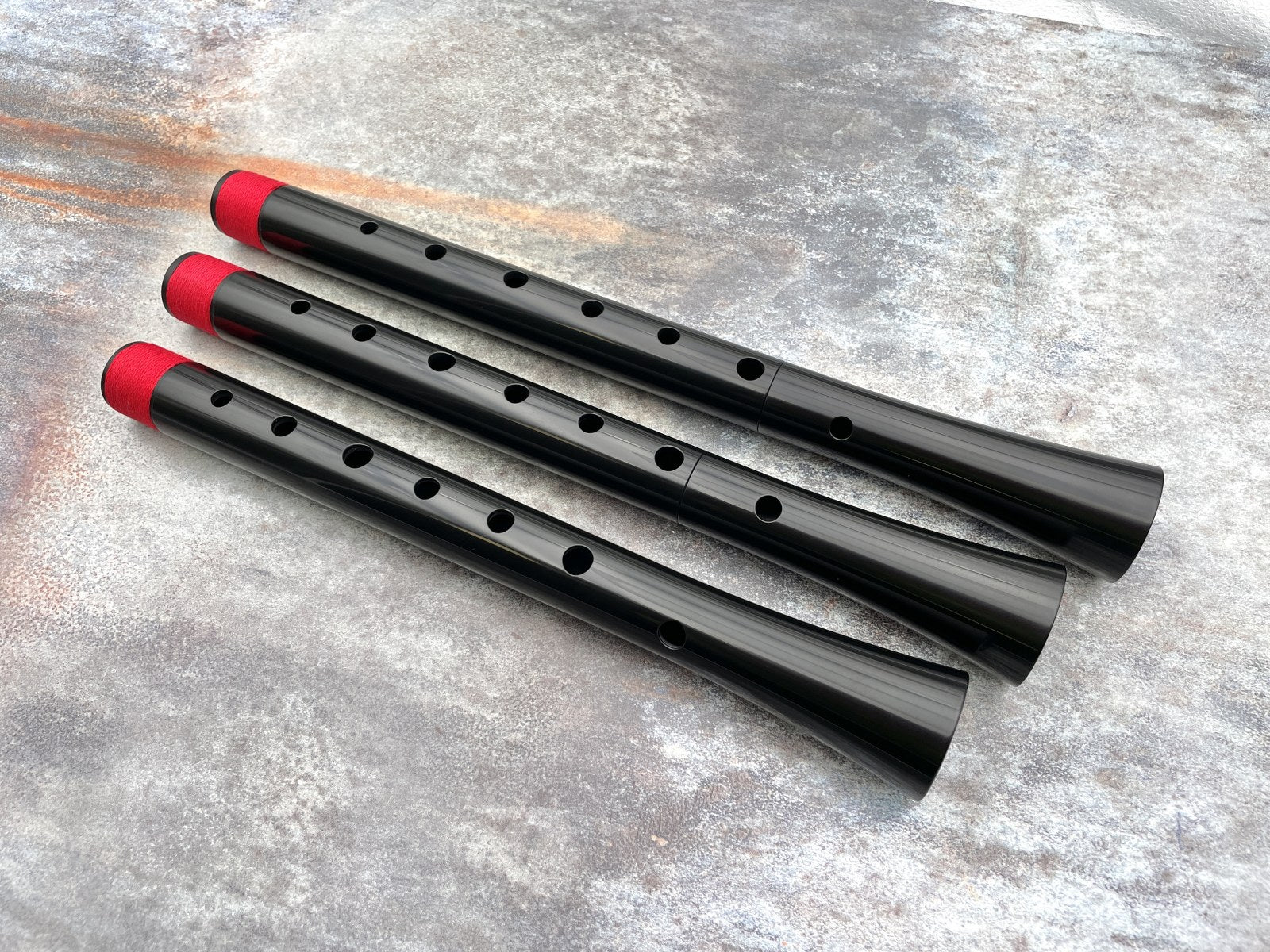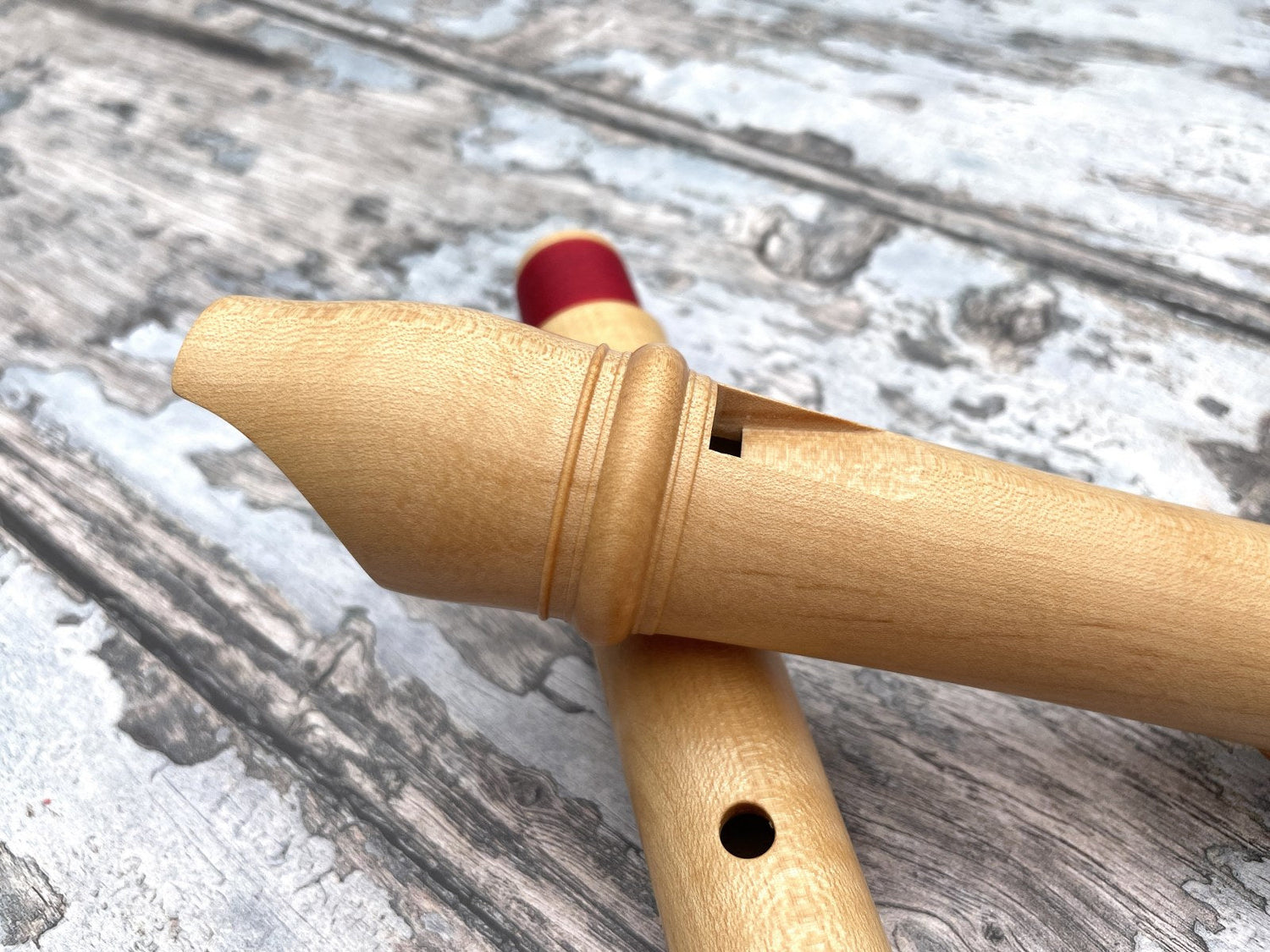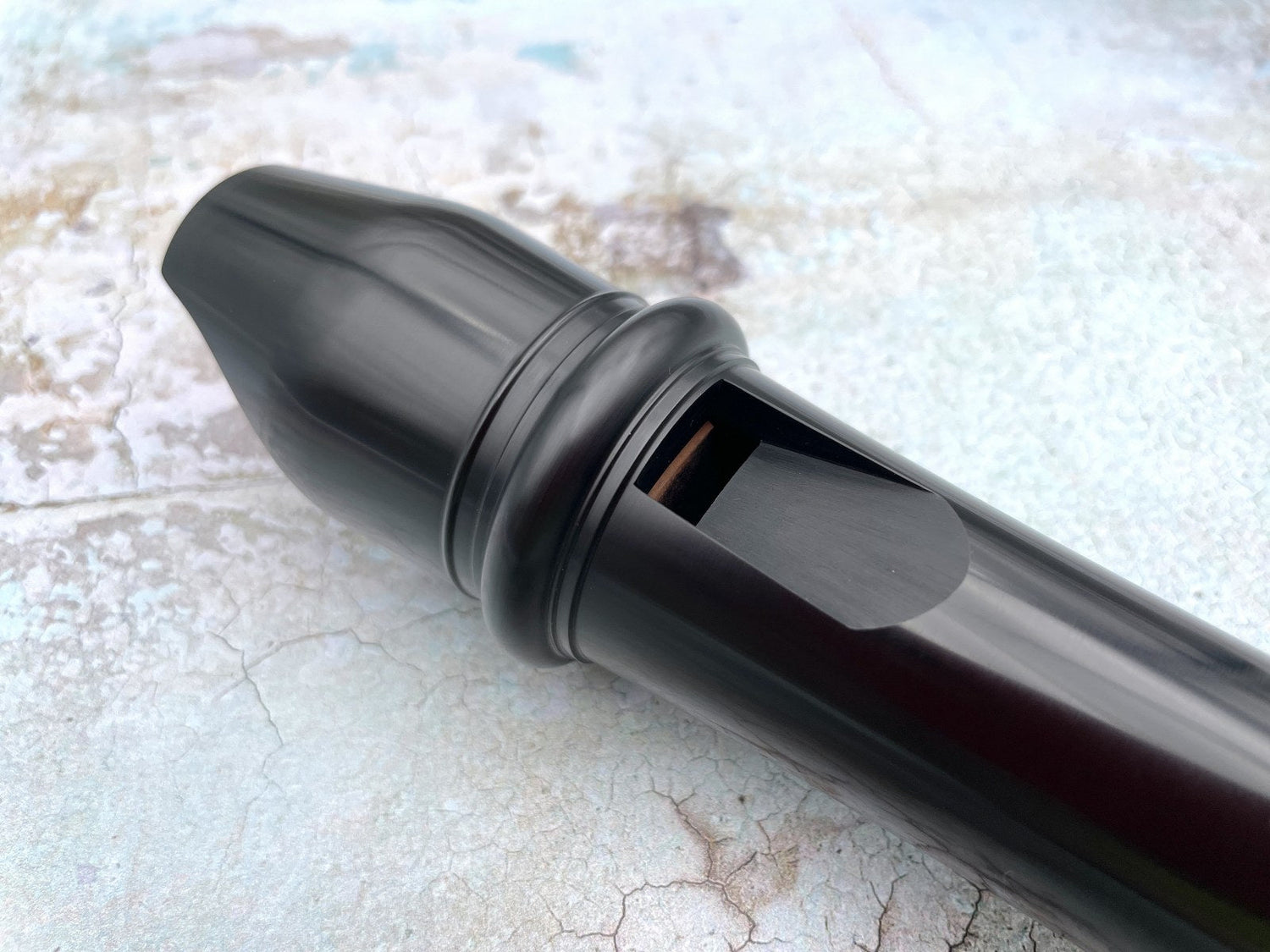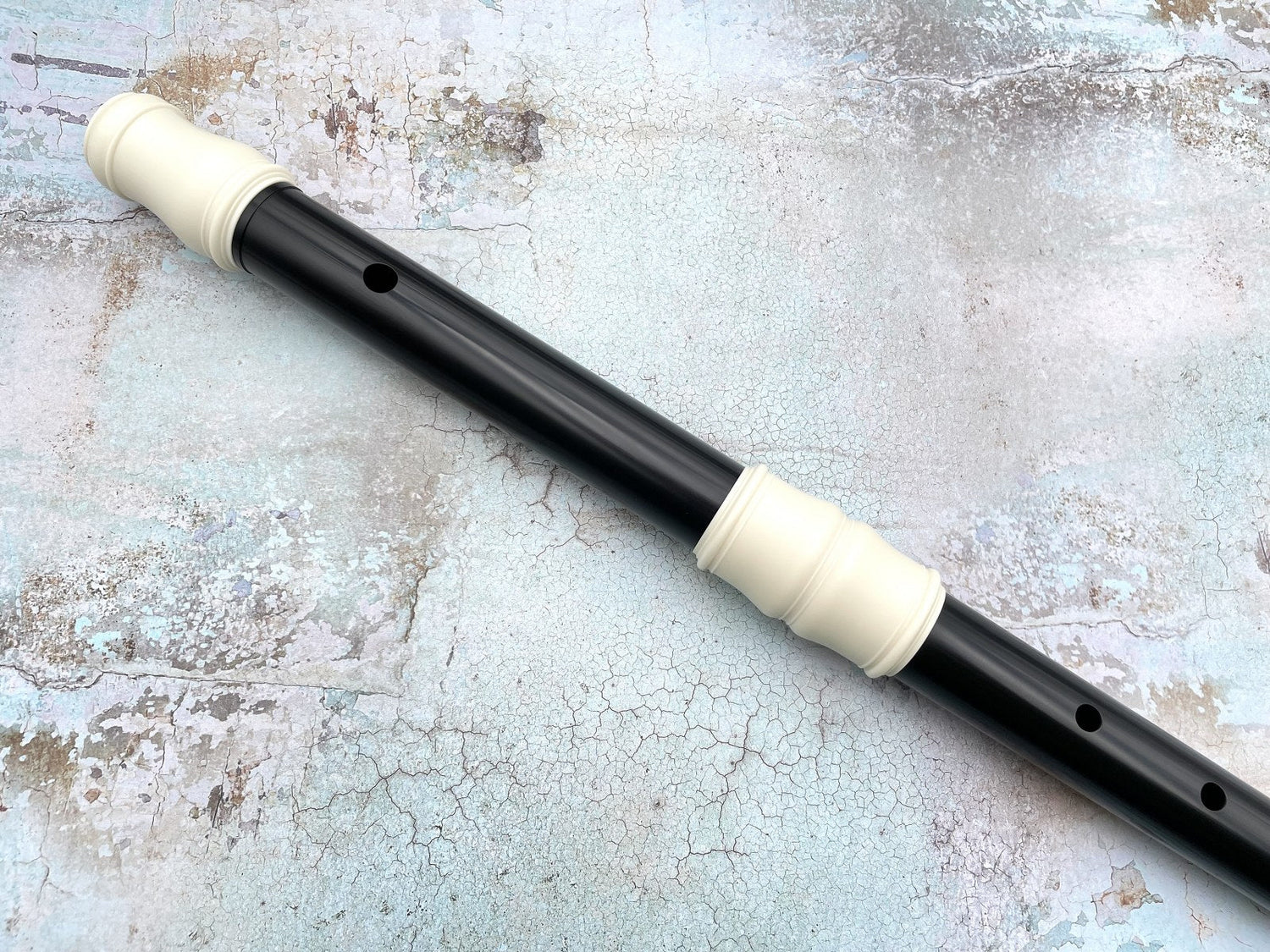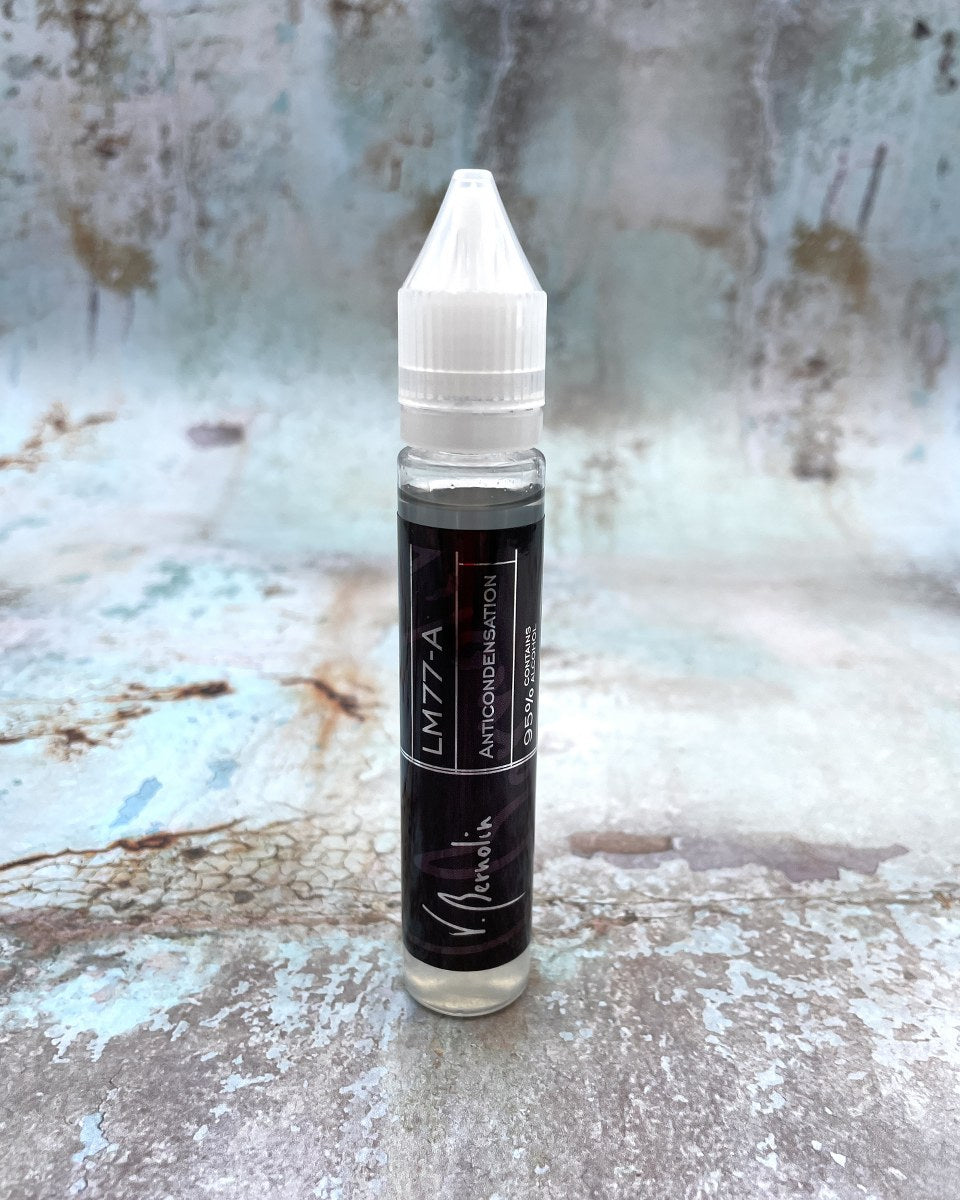1
/
of
7
Flûtes à bec et traversos
G Alto Ganassi, Ebony Resin
G Alto Ganassi, Ebony Resin
Regular price
Dhs. 2,183.00 AED
Regular price
Sale price
Dhs. 2,183.00 AED
Unit price
/
per
Shipping calculated at checkout.
Couldn't load pickup availability
Ganassi G alto, Ebony color Resin
In his treatise “La Fontegara”, Sylvestro Ganassi describes the unique fingering tablature of an alto recorder in G, without further details as to the instrument for which it is intended. While many scale-appropriate instruments can use this fingering, specimen SAM135 from the Vienna Museum, a G recorder at pitch 460, has particularly attracted the attention of some recorder makers. This specimen would originally be part of a consort and would therefore not originally appear as a solo recorder. However, its endearing sound, broad and different from baroque recorders, quickly ensured its success among musicians: the “Ganassi recorder” was resurrected.
This choice may be arguable from an historical point of view, but musicians and composers have today given this instrument an indisputable legitimacy, and the Ganassi in G has become one of the four main recorders with the Alto Baroque, the Voice Flute and the 17th century soprano known as “Van Eyck”.
Copies of this instrument exhibit, to a varying degree, the same intonation and spelling problems. We can cite the very high, often difficult upper register, the often unstable and unbalanced bass notes with a very powerful lower one, and the need to use tricky fork fingerings.
This redesigned Ganassi, result of extensive research and optimization, presents itself as a solution to these various problems. Lower highs, more stable and balanced bass notes, completely revised intonation, it is an easier recorder to play despite its unique fingerings. Its roundness, accompanied by exceptional projection, makes it a very attractive instrument.
This recorder is available in the 3 most common pitches, with 3 compatible and interchangeable joints.
The mouthpiece can be used with an especially balanced 442Hz body, which reveals an exceptionally comfortable intonation. The foot is adjustable to your hand. It would be my first choice.
The mouthpiece can also be used with a 466 Hz joint closer to the original pitch, requiring a little more dynamic articulation. This joint is made in one part and the foot is not adjustable.
Finally, the 415 Hz body, also compatible, will allow you to play with other musicians at Baroque pitch with a generous soloist instrument. The foot is adjustable to your hand as on the 442 Hz joint.
You can order this instrument directly with the pitch combination you need. As far as possible, I recommend that you consider the choice of the two closest pitches: 466 Hz + 442 Hz or 442 Hz + 415 Hz. You must be aware that optimizing the mouthpiece for the 466 Hz joint would make you lose roundness with the 415 Hz one. It is also possible to postpone the acquisition of joints which you don't need today, as they are available separately.
Regarding fingering, you should be aware that the main differences concern the high register, and that its learning presents little difficulty for anyone who is diligent.
You will find, after this description, a link to a tablature for this Ganassi Alto in G. You can also, as recorder players often do, play with the F fingerings. In this case of course, you will hear the actual notes a tone above those you read. This allows you to play the F recorder literature without tessiture problems.
If this instrument is primarily intended for Early Music, it is also widely used in a more contemporary repertoire: in addition to the dozens of modern pieces written specifically for it, its powerful bass notes and the possibilities of half-holes open up the universe of Jazz, Folk music, or any tune its range will offer to your imagination.
As you understood, this Ganassi in G is undoubtedly one of my favorites among the recorders available to you.
Share
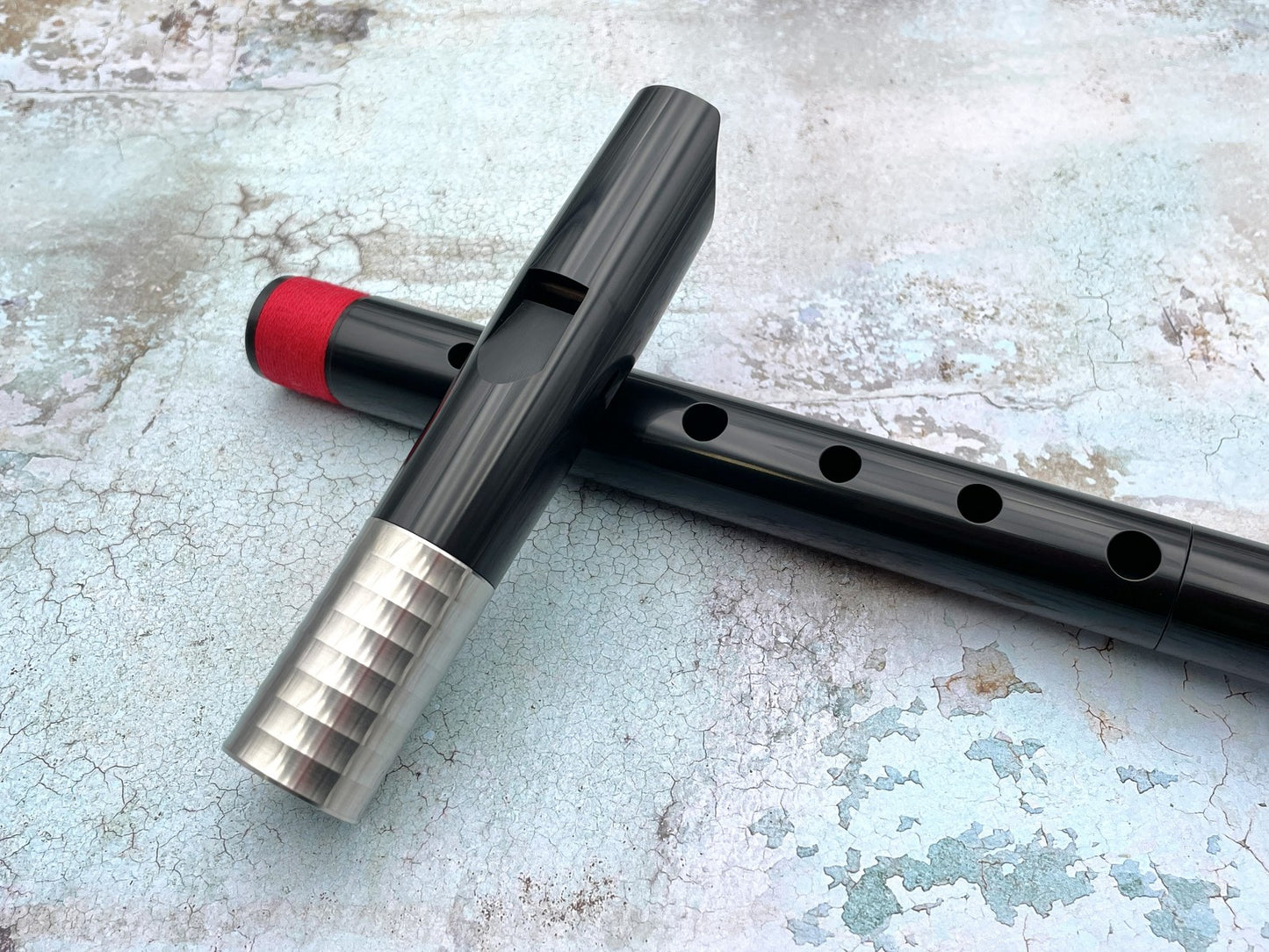
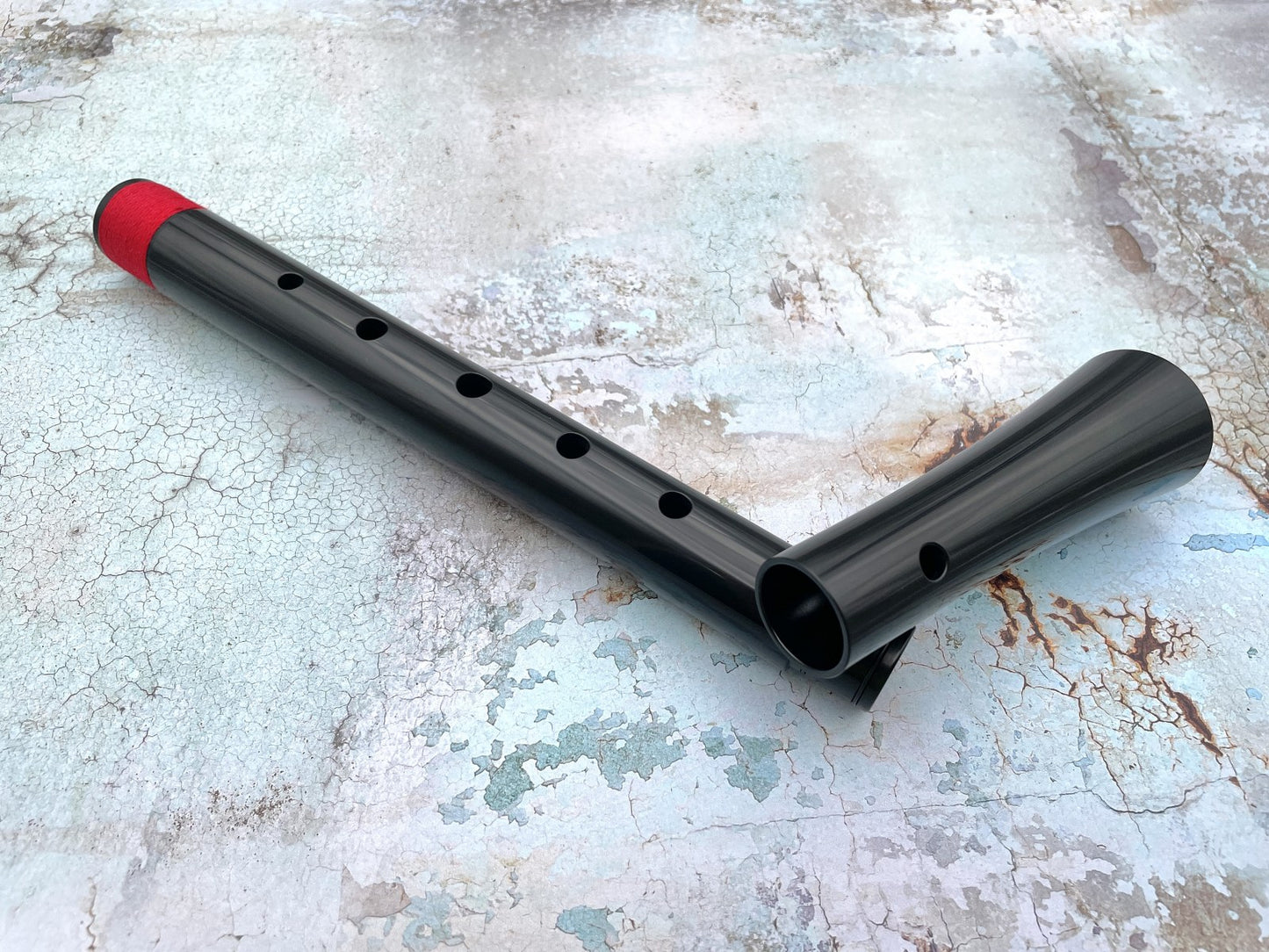
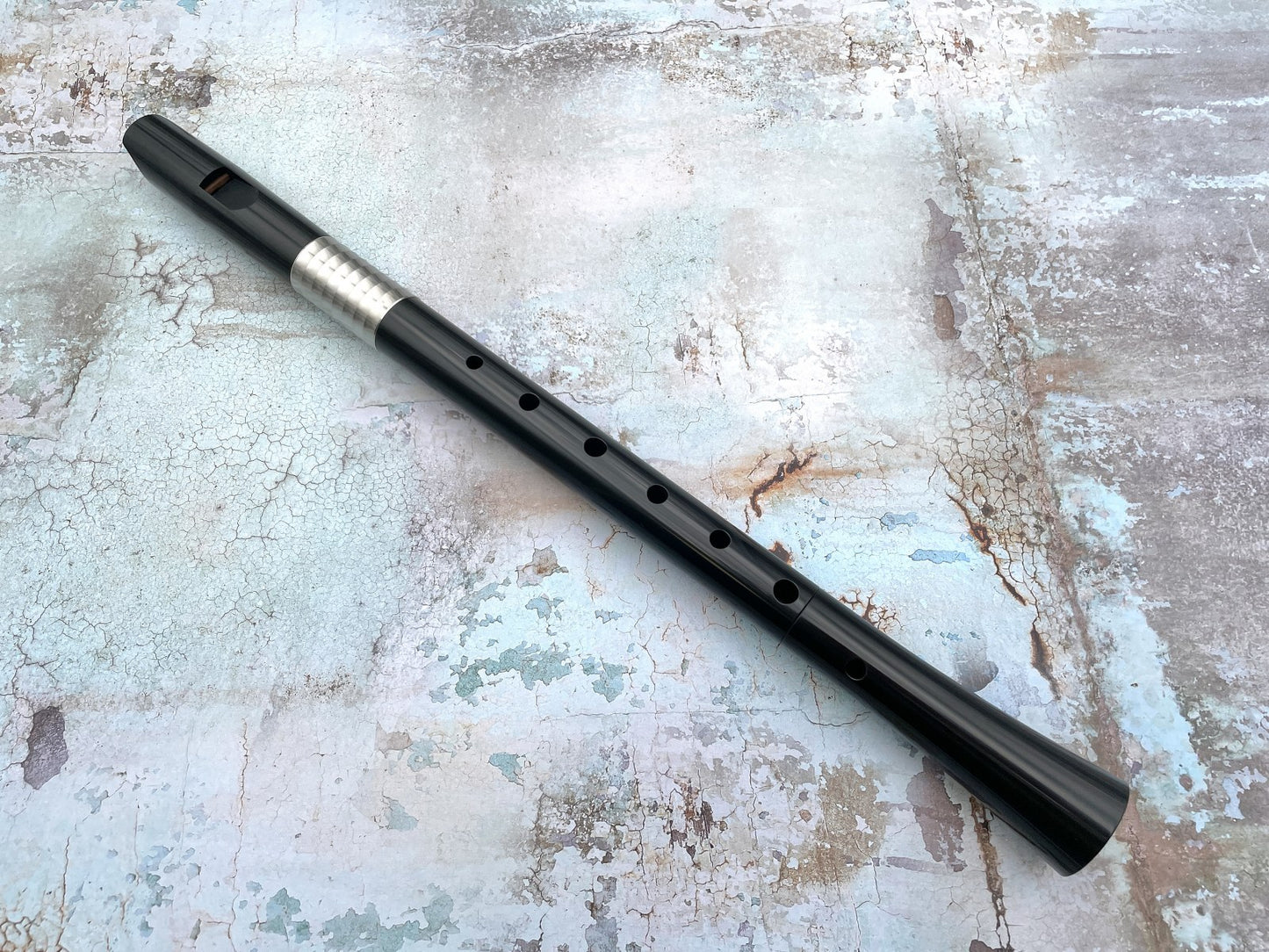
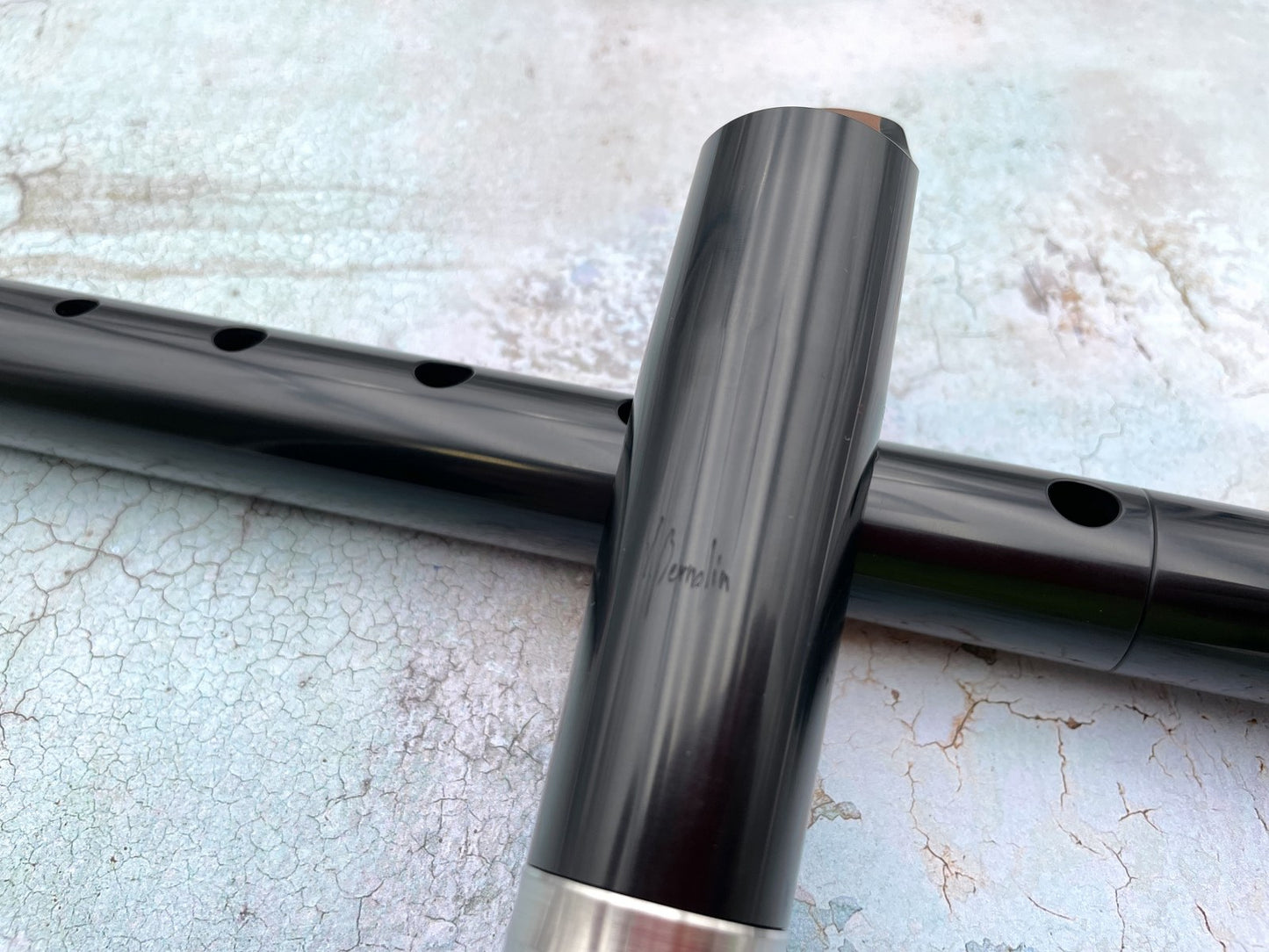
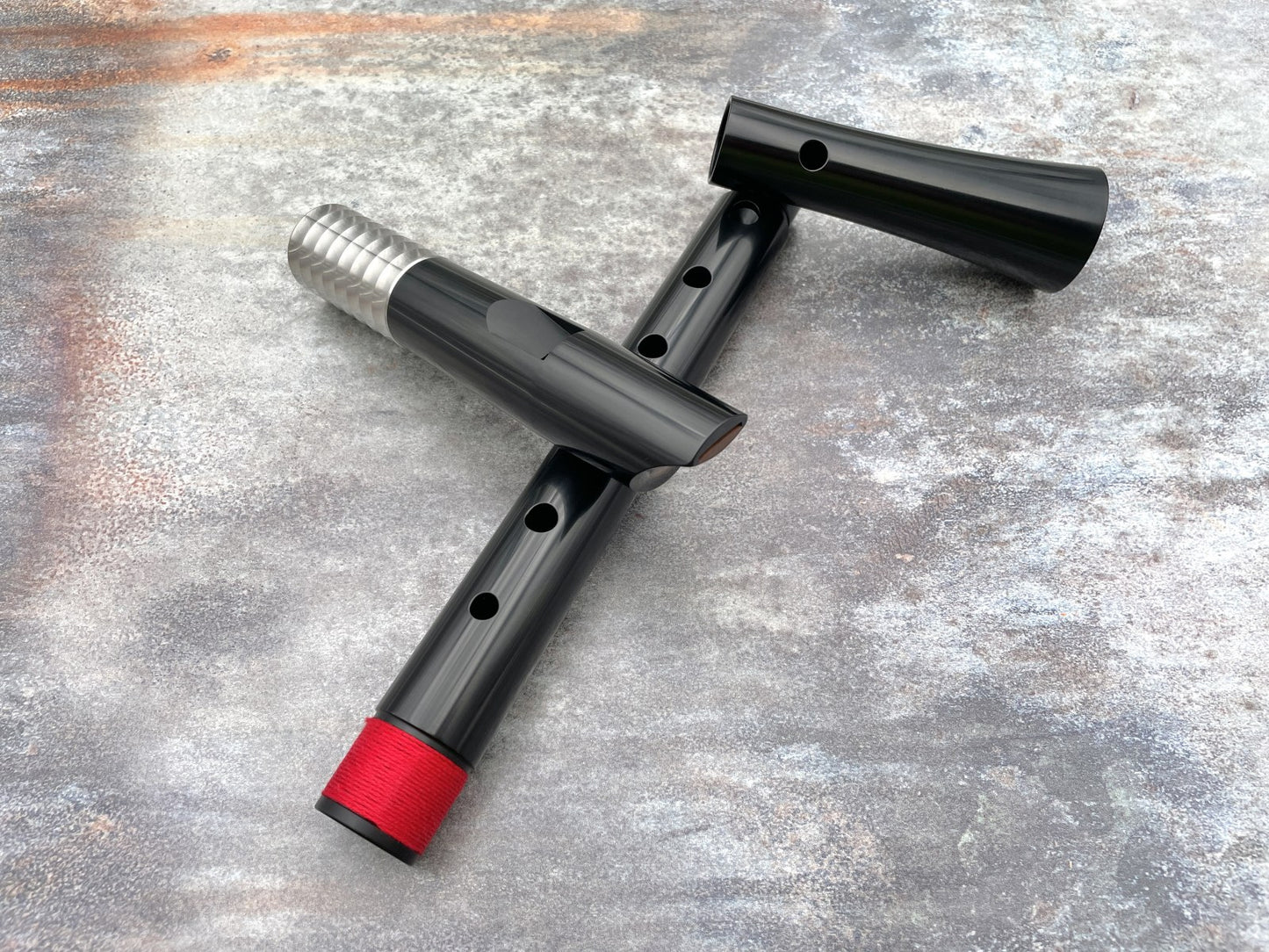
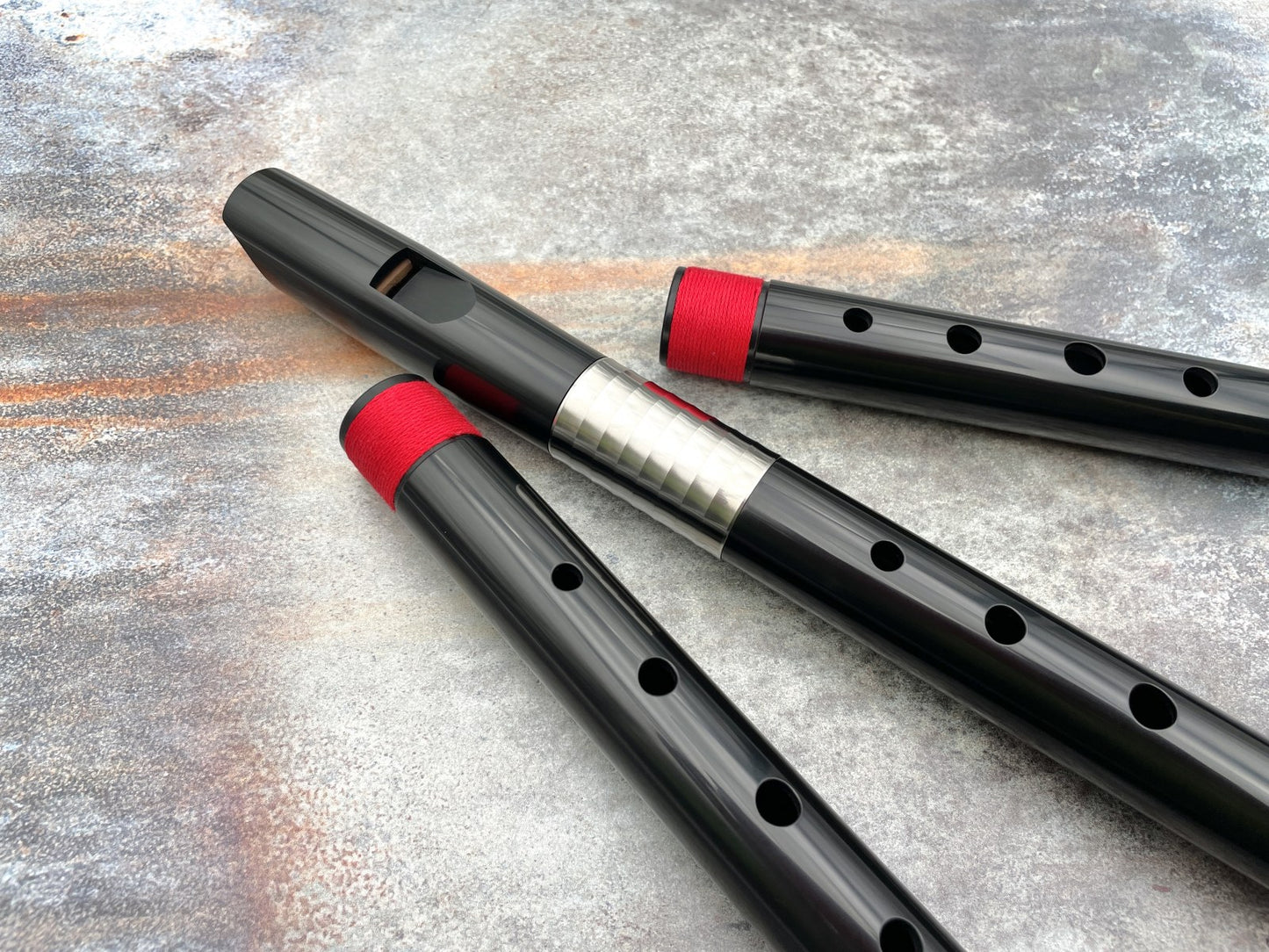
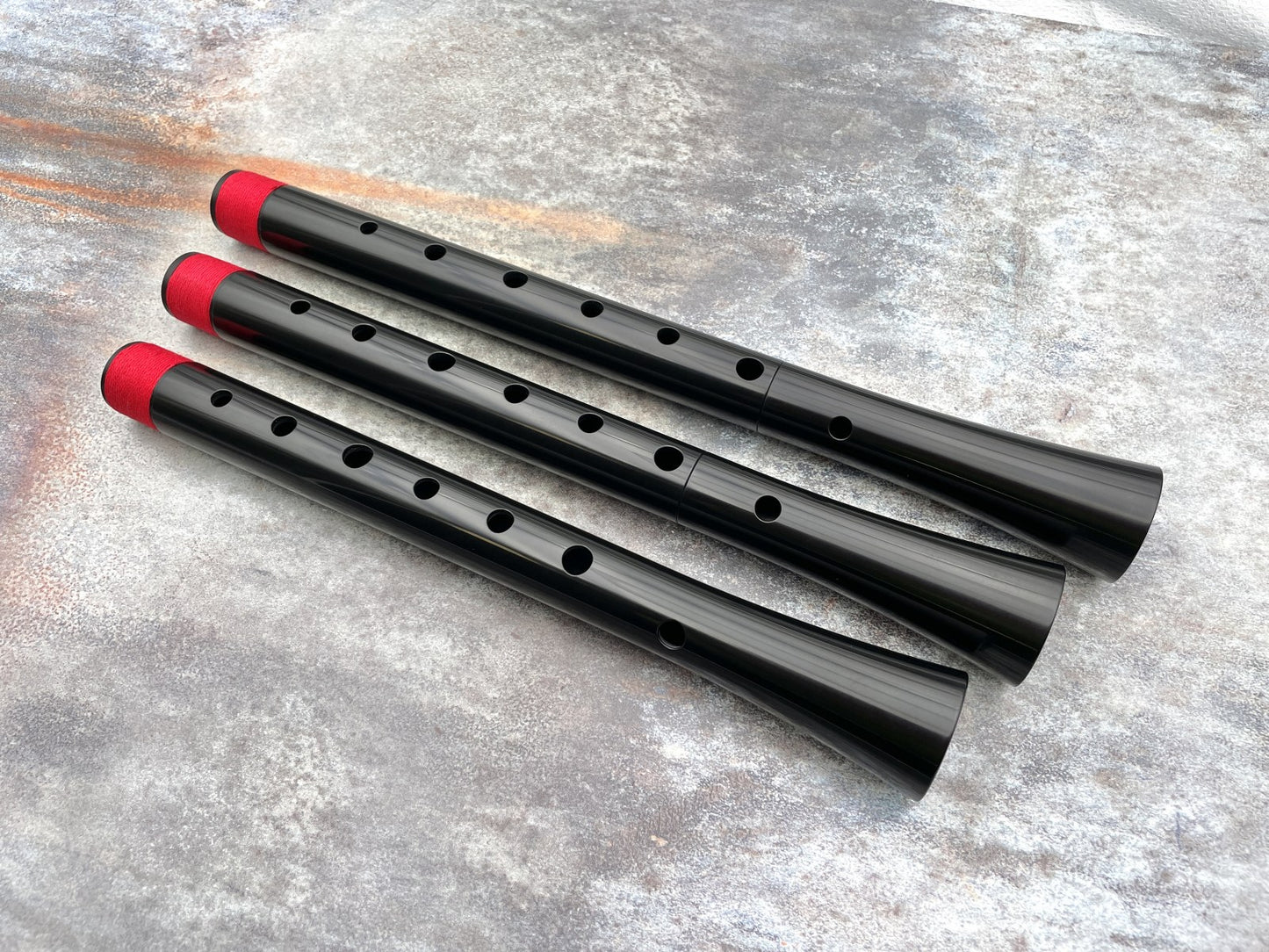
Documents
-
Stretch and Weights

